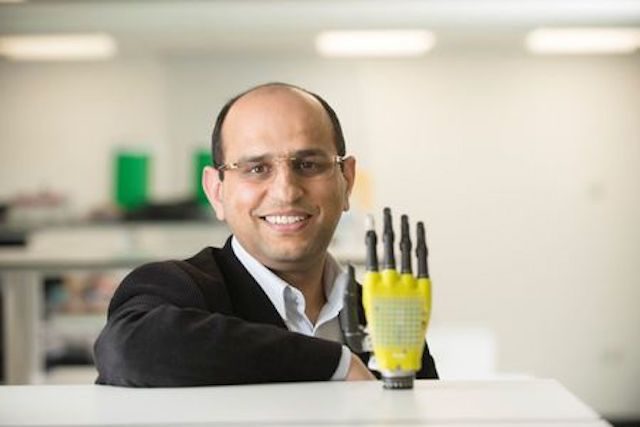
Teams around the world are working to develop flexible versions of synthetic skin that can feel by mimicking the different kinds of sensory receptors found in human skin.
Powering such systems is a challenge, but now researchers at the University of Glasgow's School of Engineering have developed a way to use graphene, an ultra-thin form of carbon, to generate electricity via solar power.
Graphene, which is just one atom thick, is strong, highly flexible, electrically conductive and transparent, making it ideal for gathering the sun's energy to generate power, the scientists said on Thursday.
Smart prosthetic hands, in particular, can already reproduce many mechanical properties of human limbs and giving them a skin-like sense of touch would make them even more useful for amputees.
Touch-sensitive electronic skin could also be used in robots to enhance performance and help the machines detect potential dangers when interacting with humans.
Ravinder Dahiya and his team described how they had integrated power-generating photovoltaic cells into their electronic skin in the journal Advanced Functional Materials.
The next goal is to use the same technology to power the motors need to drive a prosthetic hand. "This could allow the creation of an entirely energy-autonomous prosthetic limb," Dahiya said.
(Editing by Louise Heavens)
Source: Reuters



Reader Comments